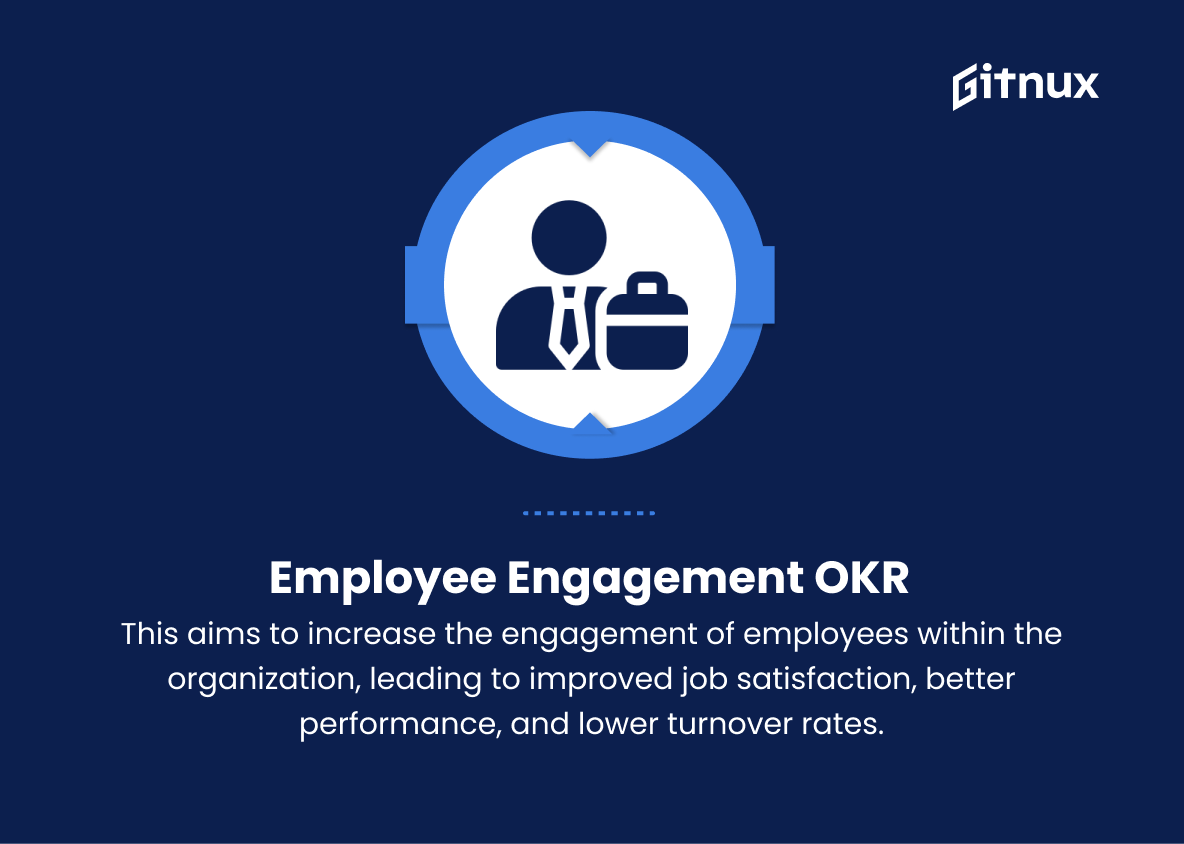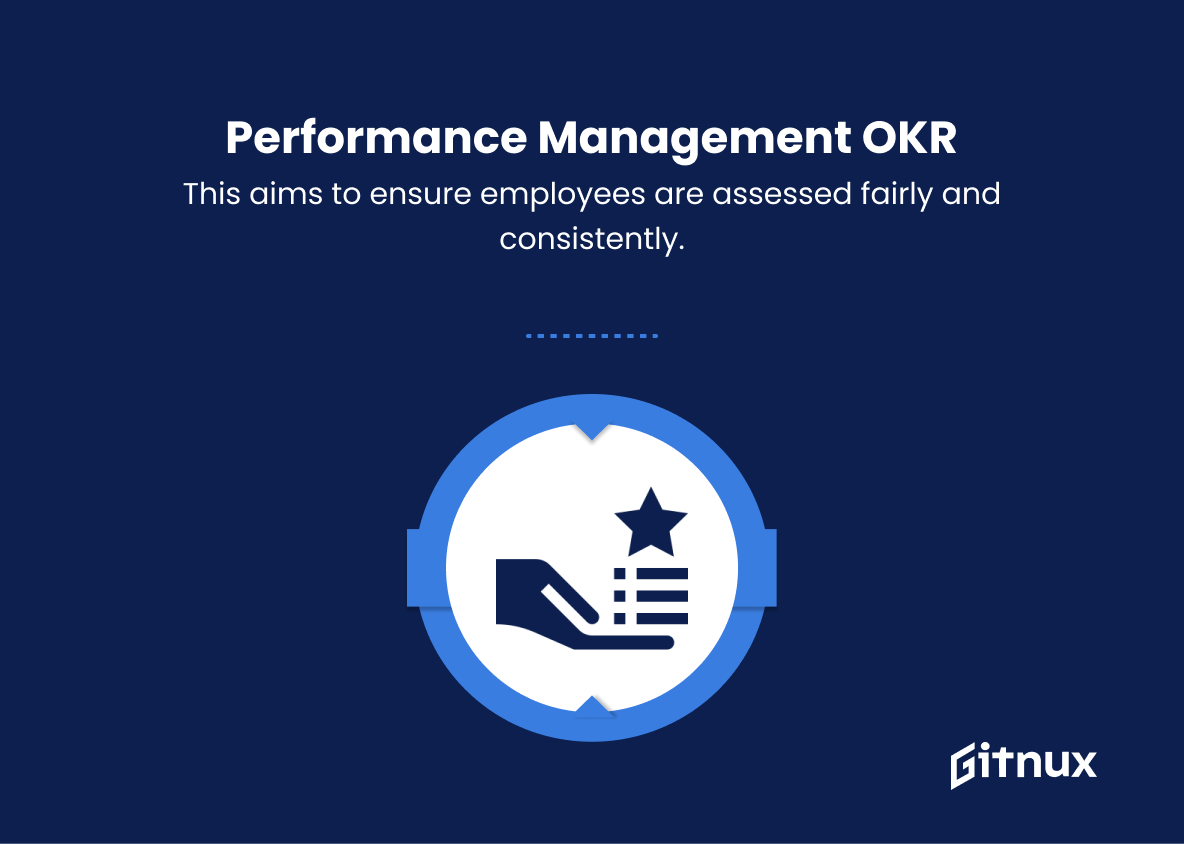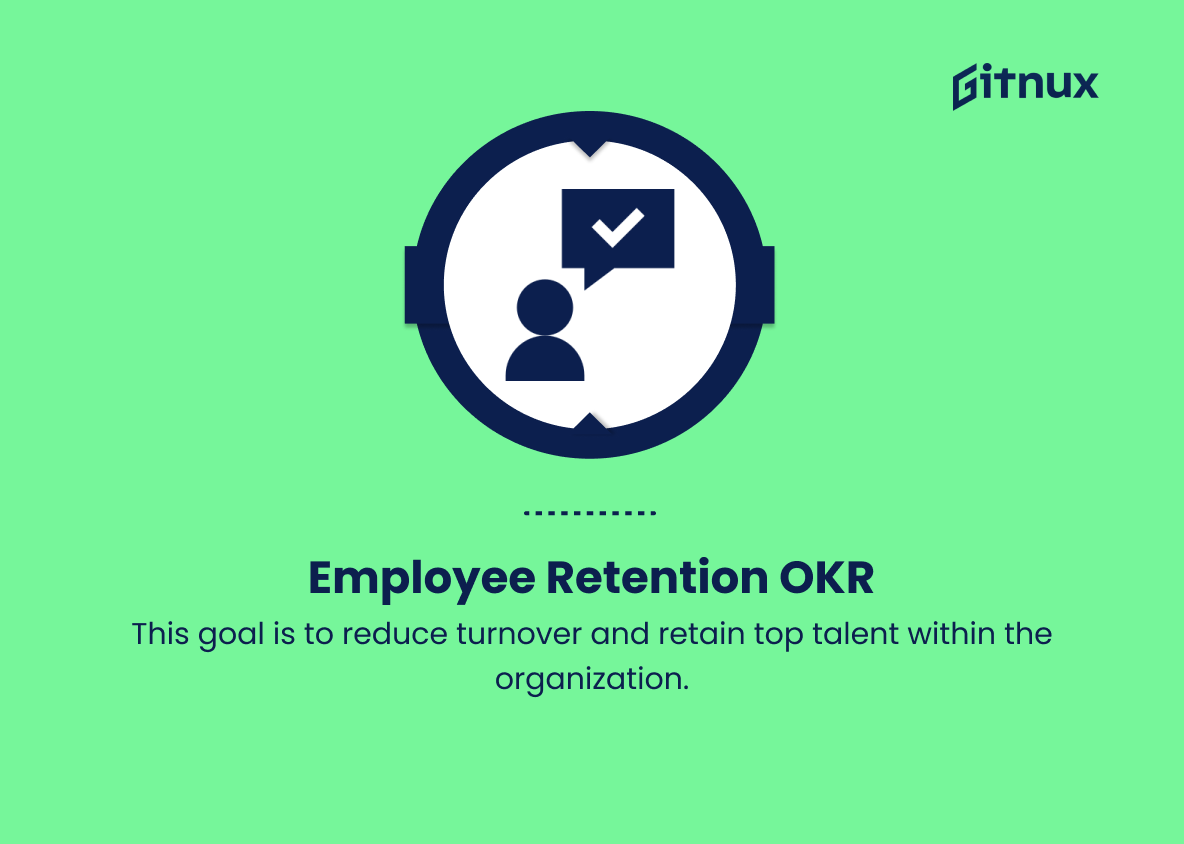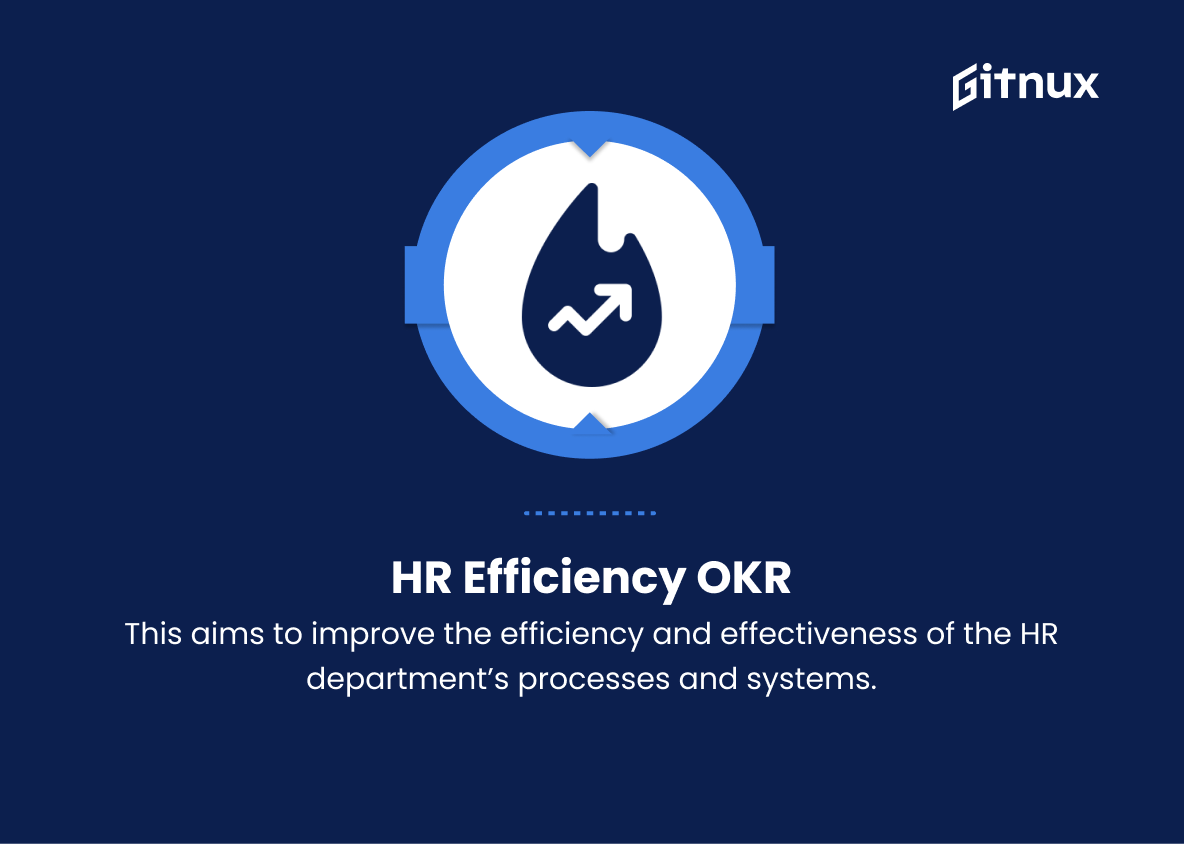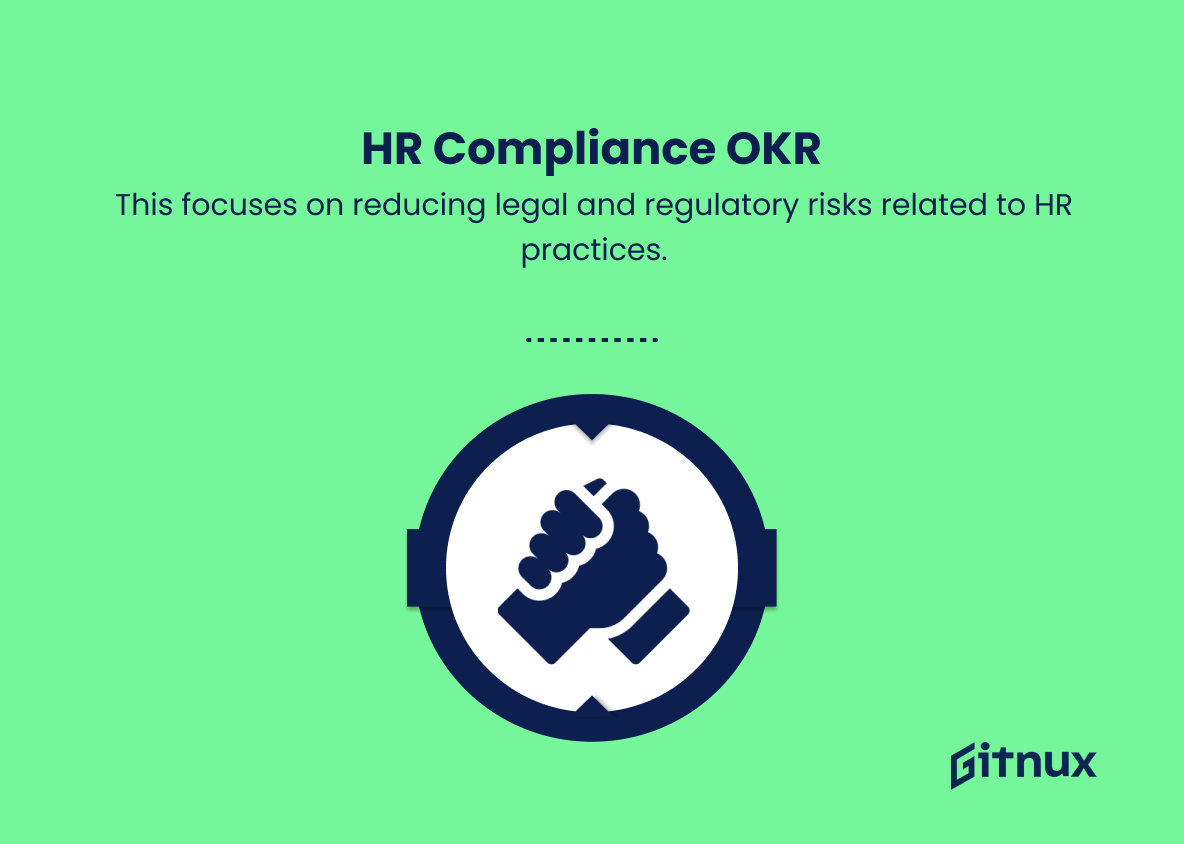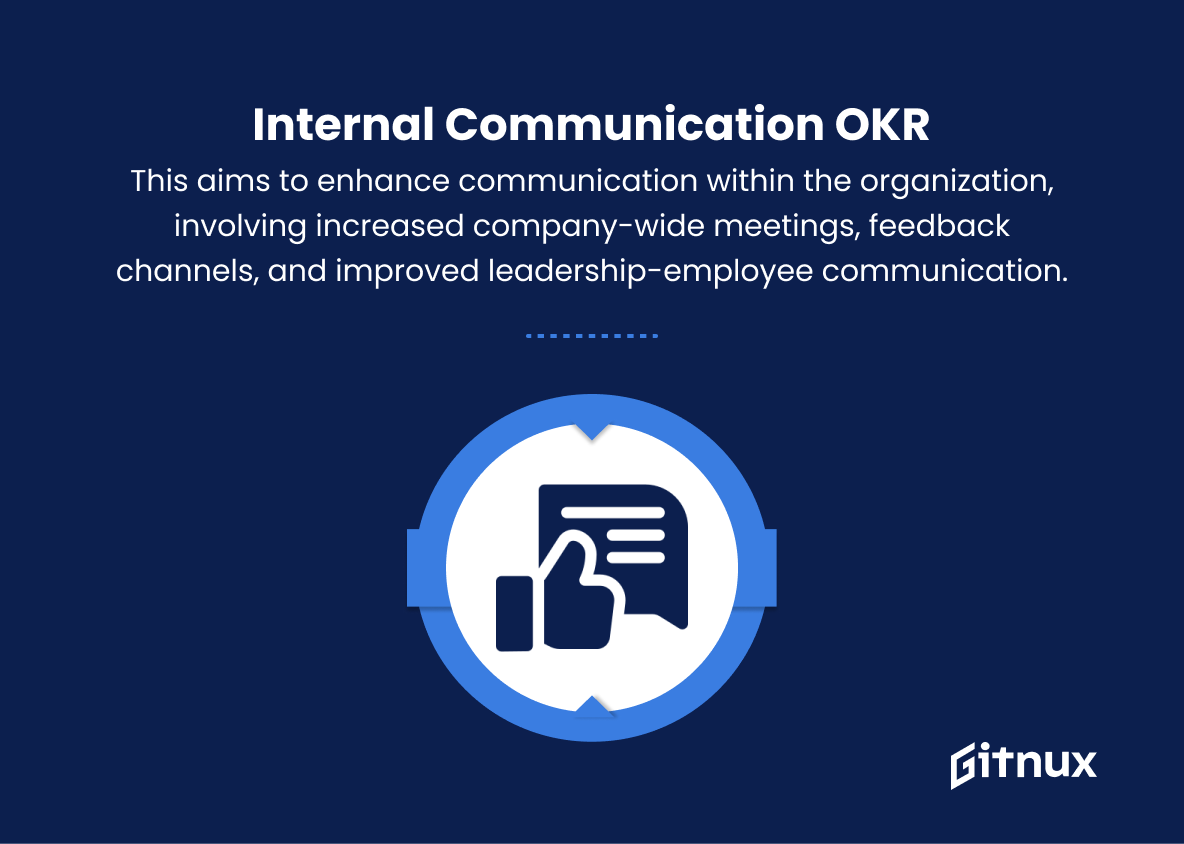In today’s fast-paced and ever-evolving business landscape, the success of any organization hinges on the strategic alignment, efficiency, and adaptability of its workforce. As HR professionals, we play a pivotal role in driving this success by setting and achieving objectives that lead to a high-performance culture across teams. One critical tool to accomplish this is the implementation of Human Resources Objectives and Key Results (HR OKRs).
In this thought-provoking blog post, we will delve into the world of HR OKRs by exploring their origin, their significance in modern HR management, and practical tips on effectively implementing them within your organization. Stay with us as we unveil the power of HR OKRs to transform your workforce, accelerate growth, and set your organization on the path to long-term success.
Hr OKRs You Should Know
1. Employee engagement OKR
This aims to increase the engagement of employees within the organization, leading to improved job satisfaction, better performance, and lower turnover rates. Example objectives include conducting regular employee feedback surveys and implementing initiatives to enhance work-life balance.
2. Talent acquisition OKR
This focuses on recruiting top talent and improving the hiring process. Example objectives include reducing time-to-fill open positions, creating a strong employer brand, and improving the quality of incoming candidates through targeted sourcing efforts.
As HR professionals, we play a pivotal role in driving this success by setting and achieving objectives that lead to a high-performance culture across teams.3. Learning and development OKR
This concentrates on implementing effective employee training and development programs. Example objectives include increasing participation in professional development courses, improving the effectiveness of employee training, and developing clear career paths for employees.
4. Performance management OKR
This aims to ensure employees are assessed fairly and consistently. Example objectives include streamlining the performance review process, setting clear performance expectations, and improving the transparency and communication around evaluations.
5. Employee retention OKR
This goal is to reduce turnover and retain top talent within the organization. Example objectives include developing competitive compensation packages, enhancing employee recognition programs, and offering opportunities for career growth and development.
The various HR OKRs hold significant importance in the overall functioning and success of an organization.6. Diversity and inclusion OKR
This focuses on creating a diverse and inclusive workplace. Example objectives include increasing diversity hiring, implementing workplace policies that promote inclusivity, and conducting regular diversity and inclusion training for employees.
7. HR efficiency OKR
This aims to improve the efficiency and effectiveness of the HR department’s processes and systems. Example objectives include automating repetitive HR tasks, streamlining onboarding processes, and reducing manual data entry errors.
8. HR compliance OKR
This focuses on reducing legal and regulatory risks related to HR practices. Example objectives include staying updated on employment law changes, conducting regular internal HR audits, and ensuring consistent adherence to company policies and procedures.
9. Employee wellness OKR
This prioritizes employee health and well-being. Example objectives include promoting work-life balance, offering mental health resources, and encouraging regular exercise and a healthy lifestyle among employees.
10. Internal communication OKR
This aims to improve communication channels within the organization. Example objectives include increasing the frequency of company-wide meetings, establishing employee feedback channels, and improving communication between leadership and employees.
Hr OKRs Explained
The various HR OKRs hold significant importance in the overall functioning and success of an organization. Employee engagement OKRs focus on creating a positive work environment, leading to increased job satisfaction, better performance, and lower turnover rates. Talent acquisition OKRs help organizations attract top talent and streamline the hiring process, while learning and development OKRs foster continuous employee growth through training and development initiatives.
Performance management OKRs aim to provide fair and consistent evaluations to employees, whereas employee retention OKRs ensure organizations can maintain a competitive edge by retaining top talent. Diversity and inclusion OKRs play a crucial role in fostering a diverse and inclusive workplace culture, while HR efficiency OKRs aim to optimize HR department procedures for increased productivity.
HR compliance OKRs reduce legal and regulatory risks by adhering to best practices and guidelines, while employee wellness OKRs emphasize the importance of physical and mental health for a productive workforce. Lastly, internal communication OKRs enhance transparency and open dialogue within the organization, ensuring that employees feel heard and are aware of company goals and objectives.
Conclusion
In summary, HR OKRs are crucial for the overall success and development of an organization. By clearly defining objectives, setting measurable key results, and consistently monitoring progress, the HR department can effectively align their goals with the company’s mission and values. The implementation of these OKRs fosters better workforce management, enhances employee engagement, and ultimately drives business success.
By embracing these principles, HR leaders can unlock the full potential of their teams and make significant strides toward their organization’s long-term objectives. So, why wait? It’s time to take a step forward and embrace HR OKRs as an essential element in the roadmap to excellence.
